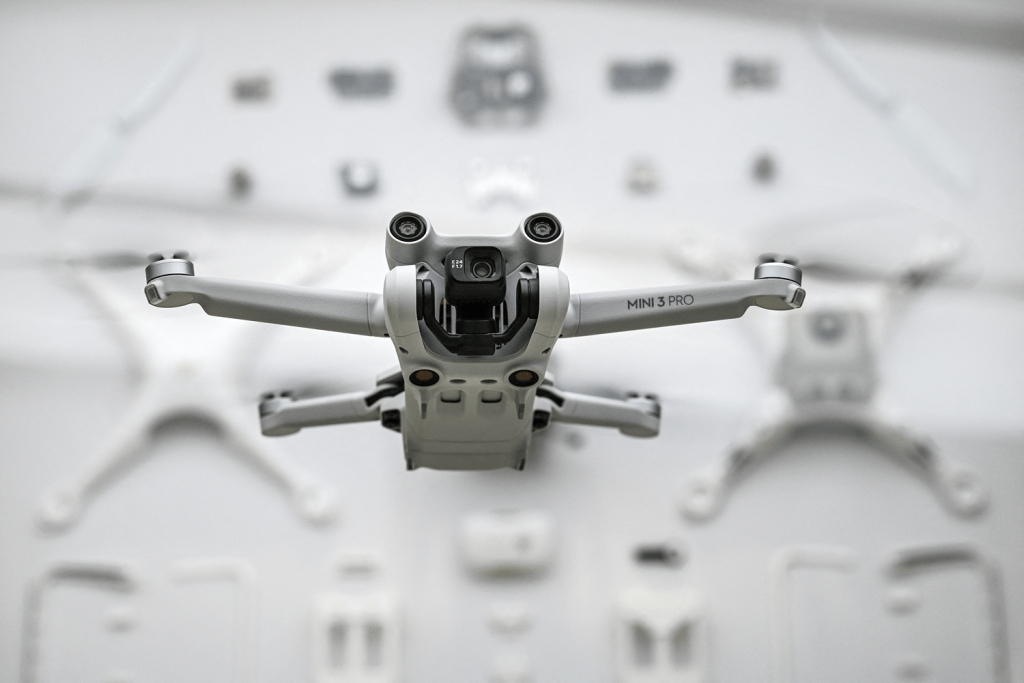The Shifting Drone Landscape: DJI’s Controversial Change
As the FBI and the U.S. Federal Aviation Administration (FAA) grappled with the fallout from a drone incident that jeopardized firefighting efforts in Los Angeles, a notable announcement from DJI sent shockwaves through the drone community. The Chinese drone manufacturer, a global leader in the market, declared that it would disable geofencing controls globally—mechanisms previously designed to keep drones away from sensitive areas like airports, military bases, and active disaster zones.
What Are Geofences?
Geofences are software barriers created to prevent drones from operating in designated areas. Since a notable incident in 2015, when a rogue DJI drone landed on the White House lawn, the company had embedded these restrictions into their hardware. Under the new policy, DJI will shift to “enhanced warning zones,” which merely alert users to their proximity to restricted areas, rather than outright preventing access. This change raises significant concerns about operational safety and regulatory compliance, especially in the context of recent incidents where drones interfered with emergency services.
The Regulatory Landscape
DJI’s announcement aligns with a broader trend in the U.S. regulatory framework for drones, which emphasizes the responsibility of the operator. The company argues that the evolution of drone regulations, especially with the implementation of Remote ID—a system akin to a drone license plate—means that accountability rests firmly with the individual pilot rather than the manufacturer. This shift reflects a growing belief in user responsibility, a sentiment echoed by numerous stakeholders in the drone industry.
On the surface, such logic appears sound. The FAA has clarified that it does not mandate geofencing in drone manufacturing, thereby placing the onus on operators to follow regulations. However, the timing of DJI’s announcement is fraught with political implications amidst increasing tensions between the U.S. and China.
Political Ramifications and Public Perception
In light of escalating hostilities toward China, Americans may view DJI’s decision as yet another provocative move from a Chinese conglomerate. Many are already uneasy about foreign technology, especially when it comes to areas considered critical to national security. This change could provoke legislators who have long posed the question of banning Chinese drones and other technologies in the U.S. market. The anxiety surrounding potential drone surveillance and the impact of foreign tech on American security makes DJI’s timing notably precarious.
The Role of Remote ID
While Remote ID became federally mandated in March 2024, its effectiveness is yet to be fully realized. The system is an important step toward integrating drones within U.S. airspace management, and proponents claim it will enhance tracking and enforcement of rogue drone activities. However, significant challenges remain, including technical bugs and public distrust following a surge in reported rogue drone sightings, which illustrated the growing fear of drones in civilian airspace.
Implications for Civilian Use
Banning Chinese-made drones could create significant complications for U.S. drone users, particularly in sectors reliant on these technologies. DJI’s drones offer high performance at competitive prices, which makes them indispensable for industries like agriculture, media production, and disaster response. If users are forced to transition to more expensive or less efficient alternatives produced by U.S. companies, the available options will significantly diminish, hampering innovation and progress in these fields.
The Market’s Response
Despite the challenges posed by DJI’s announcement, alternative manufacturers in the U.S. and Europe are aiming to fill the void that may be left by Chinese drones. However, their products often come at a steep premium. For example, while a comparable U.S.-made drone may cost upwards of $16,000, similar models from DJI can be obtained for around $6,000. This stark price difference creates barriers that could alienate many potential users dependent on cost-effective drone solutions.
Increasing Restrictions and Consequences
The decision to dismantle geofencing controls raises the specter of a future where the general public is increasingly barred from drone technology, relegating its use primarily to military and law enforcement entities. Ironically, this trend could exacerbate safety issues, as a shift towards less regulated drone manufacturing, including homemade variants, might arise if standard models become banned. Such progression could actually heighten risks rather than mitigate them.
The Broader Picture
Drones have transformed numerous fields, from environmental research to public safety efforts, by facilitating tasks that were once risky or arduous. For instance, in firefighting, drones help assess wildfire risks and aid in recovery efforts by quickly mapping areas affected by natural disasters. However, the prohibition of accessible technologies risks stifering the very innovations that have made drones a valuable asset across various sectors.
Conclusion
As we navigate this complex interplay between legislative actions, technological advancements, and market realities, stakeholders must find a balanced approach that prioritizes safety without restricting access to beneficial technologies. The path forward may require robust dialogue among policymakers, manufacturers, and consumers to ensure that innovative solutions continue to flourish in this burgeoning field.

